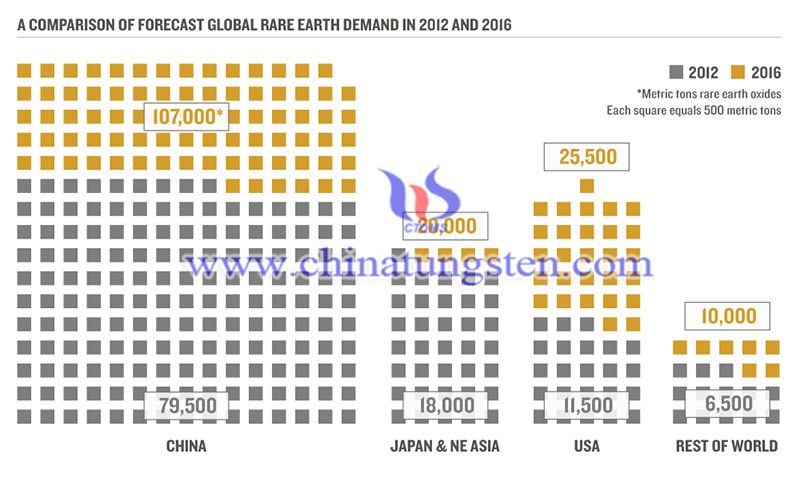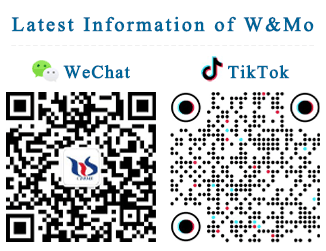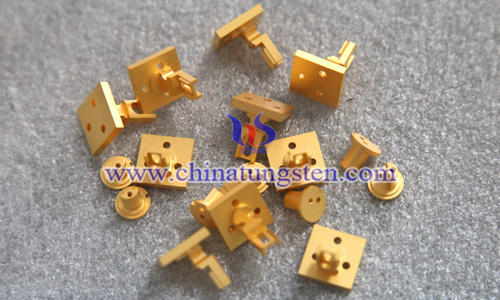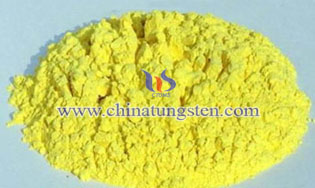Rare Earths Add Color and Glow to Electronics
- Details
- Category: Tungsten's News
- Published on Saturday, 27 May 2023 19:46
- Hits: 570
In some coastal areas, the sea occasionally glows blue-green at night as bioluminescent plankton lurch through the waves. Rare earths also radiate light when stimulated. de Bettencourt-Dias says the trick is to tickle their f-electrons for adding color and brilliance to electronics.

(Photo source: ensia.com)
Using an energy source like a laser or lamp, scientists and engineers can jolt an f-electron of a rare earth to an excited state and then return it to a lethargic state, or its ground state. "When the lanthanides return to the ground state, they emit light," she says.
Each rare earth reliably emits the exact wavelength of light when excited," says de Bettencourt-Dias. This reliable precision allows engineers to carefully tune electromagnetic radiation in many electronic products. Terbium, for example, emits light at a wavelength of about 545 nanometers, which makes it suitable for building green phosphors into TV, computer and smartphone screens. Europium comes in two common forms and is used to build red and blue phosphors. In short, these phosphors can be used to draw most hues of the rainbow on screens."
Rare earths can also radiate useful invisible light. Yttrium is a key component of yttrium aluminum garnet, or YAG, a synthetic crystal that forms the core of many high-power lasers. Engineers tune the wavelength of these lasers by adding another rare earth to the YAG crystal. The most popular variety is the neodymium-doped YAG laser, which is used for everything from cutting steel to tattoo removal to laser distance measurement. Erbium-YAG laser beams are a good choice for minimally invasive procedures because they are readily absorbed by water in the flesh and therefore do not cut too deeply.

(Photo source: ensia.com)
In addition to lasers, lanthanum is critical for making the infrared-absorbing glass in night vision goggles. And erbium drives our Internet," says Tian Zhong, a molecular engineer at the University of Chicago. Most of our digital information travels through optical fibers as light with a wavelength of about 1,550 nanometers - the same wavelength that erbium emits. The signal in a fiber optic cable dims as it travels away from its source. Because these cables can extend thousands of kilometers under the sea, erbium is added to the fibers to enhance the signal."
Reference: https://www.sciencenews.org/article/rare-earth-elements-properties-technology
- Rare Earth Manufacturer & Supplier, Chinatungsten Online: www.chinatungsten.com
- Tungsten News & Prices of China Tungsten Industry Association: www.ctia.com.cn
- Molybdenum News & Price: news.molybdenum.com.cn
- Tel.: 86 592 5129696; Fax: 86 592 5129797; Email: sales@chinatungsten.com








 sales@chinatungsten.com
sales@chinatungsten.com